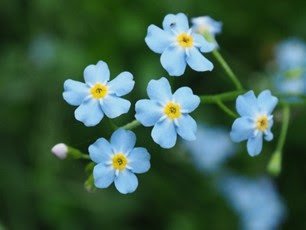
To celebrate our 30th Anniversary, we are presenting a series from well-known Naturalist, Mary Gartshore. Below is the first of three submissions.
To celebrate our 30th Anniversary, we are presenting a special three-part series from well-known naturalist Mary Gartshore. Below is the first of three submissions.
A stroll along the Lynn Valley Trail reveals the beauty and diversity of Norfolk County’s wild nature. The old rail bed and adjacent lands are shaded forest, where native plants form a lush, weed-free understory.
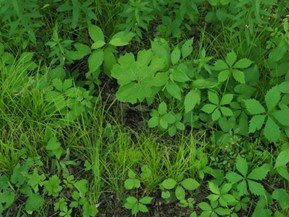
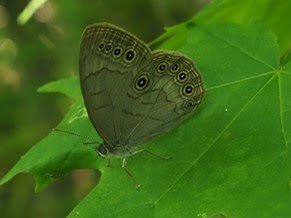
These areas offer a glimpse into the past and serve as reference sites for today’s global aspirations, including the United Nations Decade on Ecosystem Restoration (2021–2030).
Natural ecosystems provide many essential services — from pollinator habitats to carbon capture and natural cooling. Plants feed insects like caterpillars, which in turn feed young songbirds. Insects nibbling foliage make way for more plant species, while their droppings (“frass”) enrich the forest floor with nutrients.
A highlight on this walk was a series of open sedge fens with Marsh Horsetail and Small Forget-me-not beneath tall tamarack trees. Around the wet meadow edges, native species like Purple Angelica and Cow Parsnip thrive — easily mistaken for the invasive Giant Hogweed. These meadows are best seen between Norfolk County Rd. 3 and Prospect Street in Port Dover.
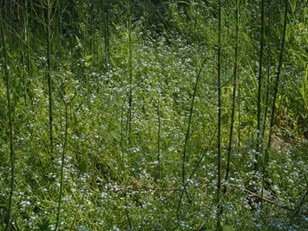

Since the trail runs near the Lynn River, tree species such as Black Maple and American Elm can be found. Look for maples with large, drooping leaves and downy undersides. For American Elm, check the bark — striped brown and white layers — while Red Elm bark is solid red. Sadly, both rarely reach old age due to Dutch Elm Disease, introduced from Southeast Asia.
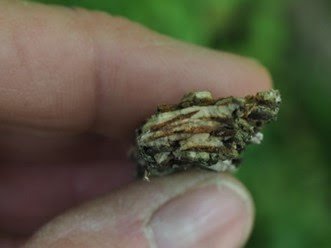
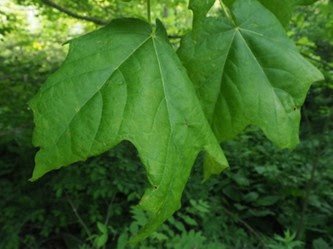

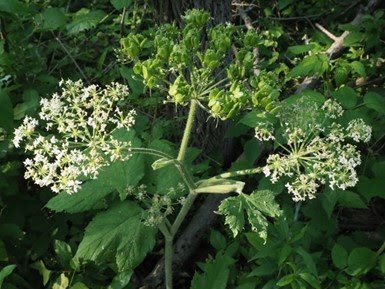
Everywhere along the trail, shrubs and trees are heavy with seed. The triggers behind these mast years remain a mystery, but a stretch of warm, sunny weeks may have encouraged this exceptional crop. Blue Beech, Chokecherry, Spicebush, and Alternate-leaved Dogwood were particularly prolific. It will be interesting to track how this abundance of wild seed unfolds across Norfolk County — stay tuned for the next post.
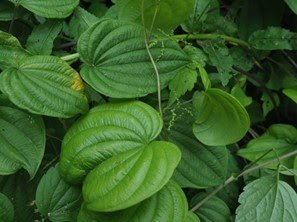
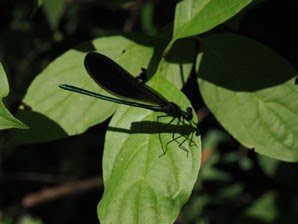
Mary Gartshore
“I grew up on a livestock farm with a large forest in the Dundas Valley, where my parents encouraged me to explore nature. I graduated with Honours in Zoology from the University of Guelph in 1973, and have carried out biological inventories in Canada, Nigeria, Cameroon, Ivory Coast, and beyond. In 1990, with my partner Peter Carson, I purchased an 80-hectare farm in Norfolk County. Today, we focus on nature conservation and ecological restoration across southern Ontario.”
A volunteer-driven, non-profit organization dedicated to preserving, protecting, and enhancing the Lynn Valley Trail for everyone to enjoy.